This was cause for regret, because I'd read and heard many very good things about it. A couple guys whose opinions I value raved about their meals there. Despite being somewhat off the grid, it was highly regarded enough to make Opinionated About Dining's list of the top twenty restaurants in the U.S. So I was pretty excited when I learned, through Chef Jeremiah Bullfrog, that Scott was interested in doing a dinner here in Miami.
We sent up some Cobaya flares for other folks who might be interested, and Chef Conor Hanlon of The Dutch graciously agreed to participate and play host. Together, Scott, Jeremiah, Conor and Josh Gripper, The Dutch's pastry chef, put together a pretty extraordinary ten-course dinner.
(You can see all my pictures in this Chef Scott Anderson (Elements) at the Dutch flickr set. Apologies for the weird sepia-toned hue to these pictures; the food-unfriendly yellow lights on The Dutch's terrace are the only downside of putting on events there).
A few canapes to start: a pink beet macaron with an herbed chevre filling, a nice repurposing of a traditional combination; a crispy chicharron topped with a Thai-inspired green papaya and apple salad; and an airy – kind of fishy – scallop chip topped with pungent kimchee and trout roe. I'm assuming each chef did one of these, but they didn't tell us who (I'll guess Conor for the macaron, Jeremiah for the papaya salad, and Scott for the scallop chip).
Sometimes simple is bold. Particularly in this kind of dinner format, where the natural tendency is to show off, restraint isn't easily exercised. But that's what Jeremiah displayed, letting the main ingredient – some really lush, buttery baja yellowtail (a/k/a hiramasa or goldstriped amberjack) – stand out in his first dish. Meaty cubes and a couple silky ribbons of the raw fish were paired with a verdant fava bean purée, a few green leaves (tart sorrel, grassy tatsoi?), some slivers of shallot and a thin round of peppery black radish for some bite.
Conor followed with something also aquatic and equally elegant: cured ora king salmon, a richly fatty but clean-flavored salmon sustainably farmed off the coast of New Zealand, served with slivered radishes, puddles of deep, funky black garlic hollandaise, and hillocks of nutty crispy quinoa. The composition brought to mind a more sophisticated iteration of the combination of lox and a pumpernickel bagel that is so deeply resonant among my people.
I'm not sure how much communication there was between the chefs about their dishes, but it was interesting that Scott's first course also seemed to be a continuation of the same theme. A plump, sweet scallop (brought in live) was just barely cooked through, topped with a relish of Brazilian starfish pepper and shallots that tasted both spicy and fruity (reminiscent of habanero but with less capsicum heat), plus buttery avocado oil, a couple nasturtium leaves and a bright marigold blossom. These were assertive flavors to match with the somewhat delicate seafood, but I loved how they came together.
(continued ...)
Agnolotti dal plin is an old-school Piedmontese dish of delicate pillows of pasta stuffed with minced pork, veal, beef, or some combination thereof. It's about as classical as they come, so it takes some balls to fuck around with it. It also takes some balls to come into Andrew Carmellini's house and do a pasta course. Jeremiah knew Conor would be doing a pasta – and he went there anyway. I'm glad he did. This was an entirely unorthodox variation on a theme, the pasta filled with an oozy sea urchin filling, the brodo replaced by a dense reduced seafood fumet, salty, briney shaved bottarga taking the role of the traditional Parmigiano Reggiano cheese.
I was equally glad Conor did a pasta anyway. The combination of tortellini and truffles may have been more traditional, but Conor's approach to it from a Japanese angle was not. Instead of the typical buttery sauce, an intense, umami-laden but delicate-textured mushroom dashi was poured tableside, and those shingles of earthy black truffle were further enhanced with a dusting of a "furikake" made from the truffle trimmings. Without being heavy, there was great depth and concentration of flavor to this dish.
Scott followed with a sort of surf and turf: a cut of rosy Berkshire pork, paired with a tranche of abalone at that perfect tipping point between bouncy and tender. Silky cylinders of cooked turnip, a sort of hash of earthy chestnuts, and dabs of a tart, funky umeboshi sauce rounded out the dish. One of the things I found remarkable about Anderson's cooking is that while his combinations are unorthodox, they aren't what draw attention. Rather, it's the intensity of flavors, the interplay of textures, the precise technique, which resonate.
As a final savory course, Jeremiah closed with a dish he called "Pumpkin and its Seed" – a slab of roasted pumpkin filled with a creamy "horchata" made of its seeds, served with tender braised lamb neck coated in a rich, chocolate-hued pumpkin mole sauce. Jeremiah told us afterwards that the leaves – perilla and hibiscus – were intended to be used like tortillas. That message unfortunately didn't get out during the meal itself, though I did manage to put them together in some fashion and enjoyed the clean cut of vegetal brightness against the broodingly dark flavors of the mole.
A couple nice desserts from The Dutch's pastry chef, Josh Gripper, served as the coda to the meal. First, a coupe with a scoop of bright, zingy lemon sorbet, together with sweet-tart compressed pineapple and a fragrant rosemary froth. Next, one of my favorite combinations: chocolate and orange, the former as a sort of creamy bonbon, the latter an icy sherbet, serving as the bookends to slices of red wine poached pear.
I'm very grateful to Scott for agreeing to do the dinner and for being so incredibly easy and pleasant to work with.[2] Even with this small sample size, it's clear that Scott Anderson is a real talent, and I'd be very excited to see what's in store for Elements when he reopens. I'm still not sure I'll ever make my way back to Princeton, New Jersey, but I've got a lot more motivation to try now.
[1] I actually did visit Princeton many decades ago for a college visit - but they didn't take me.
[2] A big thank you is also due to Jeremiah Bullfrog, who so often is right in the middle of making these kind of good things happen. Shout-out as well to Steve Santana for pitching in – be on the lookout for his taqueria, Taquiza, opening soon on South Beach. I also owe a huge debt of gratitude to Conor Hanlon, Josh Gripper, and the whole team at the Dutch, including el jefe, Andrew Carmellini. I tend to be skeptical of most out-of-town restaurateurs who plunk down satellite restaurants in South Florida (the tag on this blog for such restaurants is "invasive exotic species" after all) but there are few people who have been more involved in and supportive of these kinds of events than the folks at the Dutch.
[2] A big thank you is also due to Jeremiah Bullfrog, who so often is right in the middle of making these kind of good things happen. Shout-out as well to Steve Santana for pitching in – be on the lookout for his taqueria, Taquiza, opening soon on South Beach. I also owe a huge debt of gratitude to Conor Hanlon, Josh Gripper, and the whole team at the Dutch, including el jefe, Andrew Carmellini. I tend to be skeptical of most out-of-town restaurateurs who plunk down satellite restaurants in South Florida (the tag on this blog for such restaurants is "invasive exotic species" after all) but there are few people who have been more involved in and supportive of these kinds of events than the folks at the Dutch.

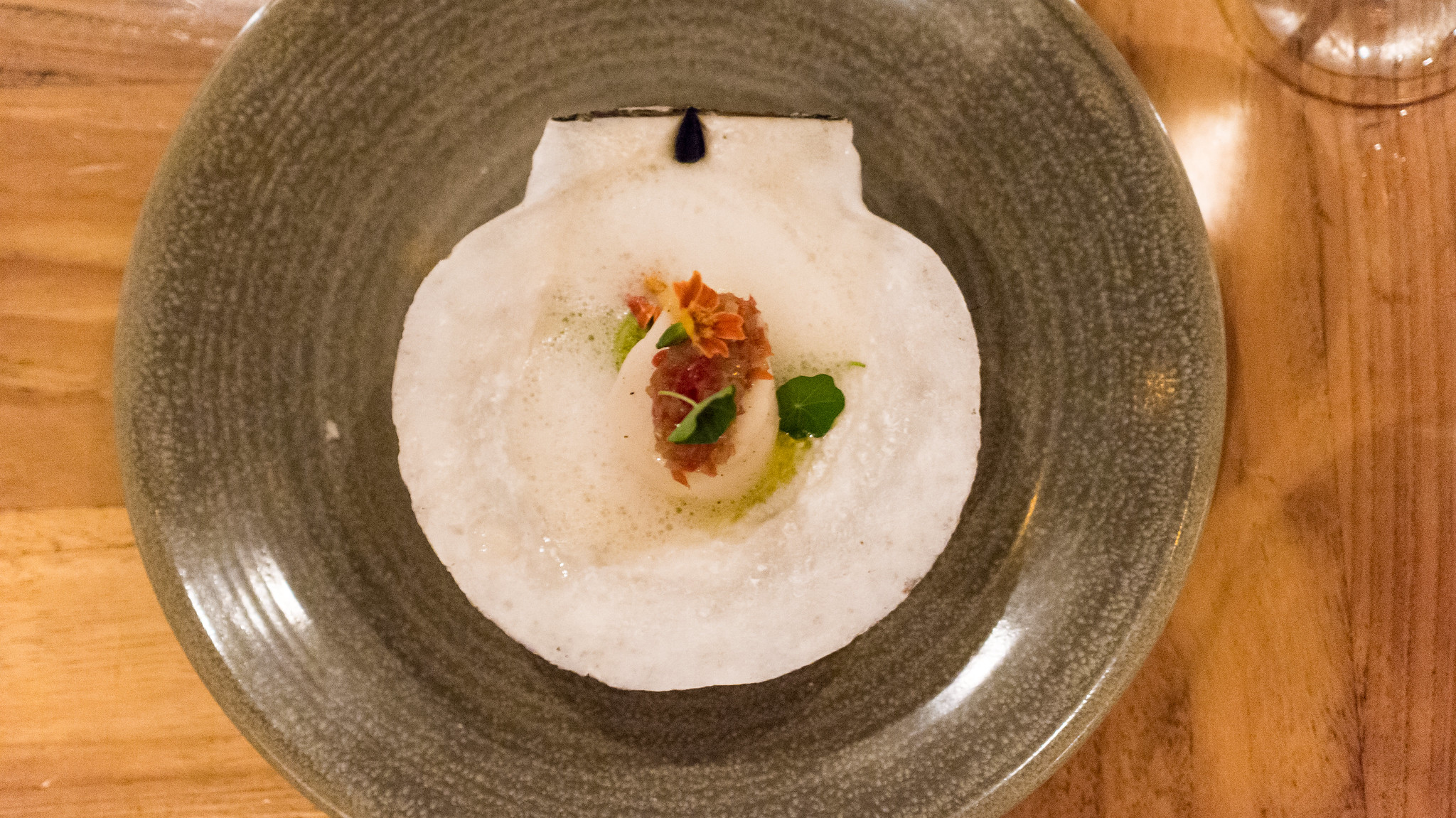
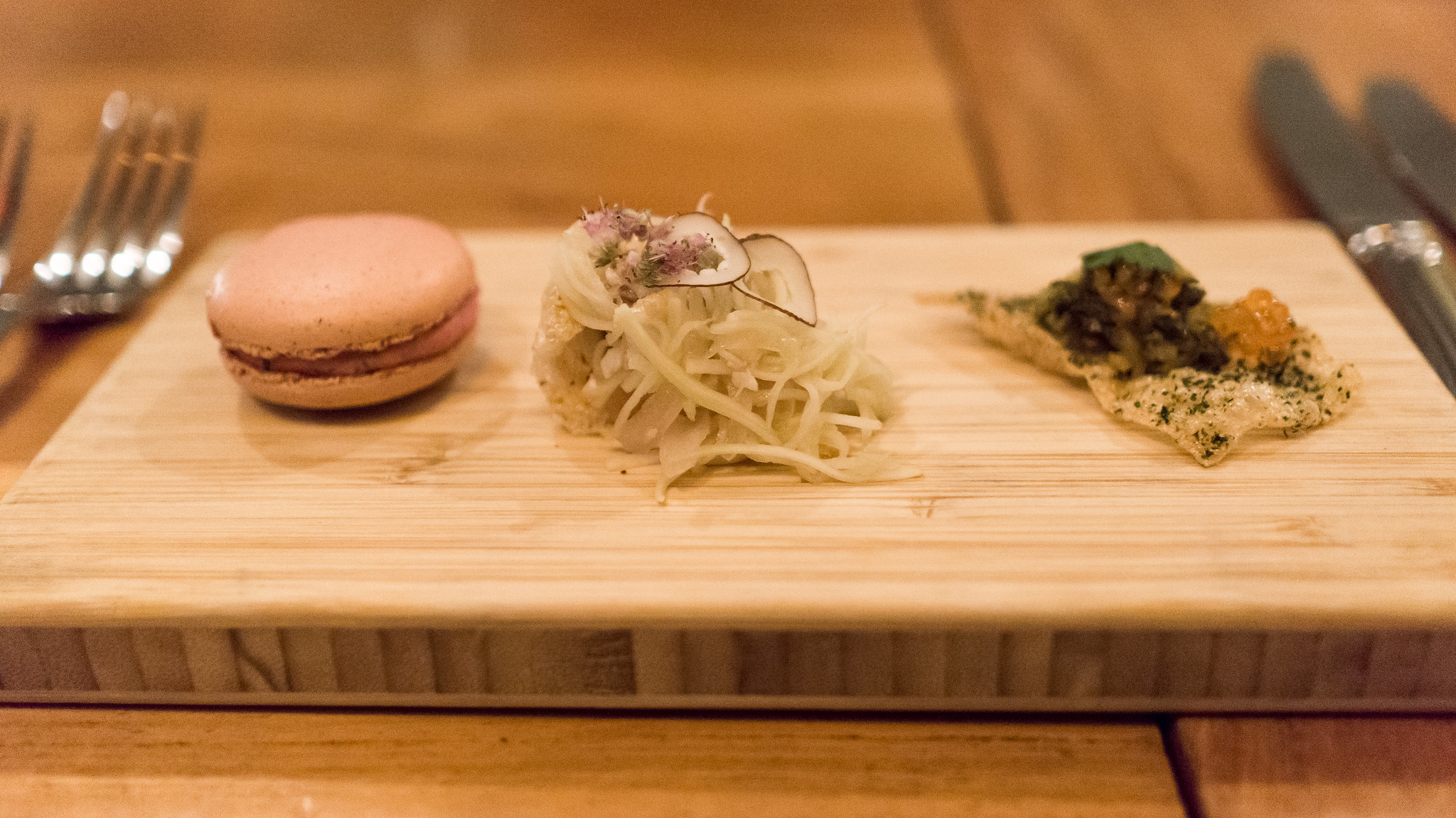
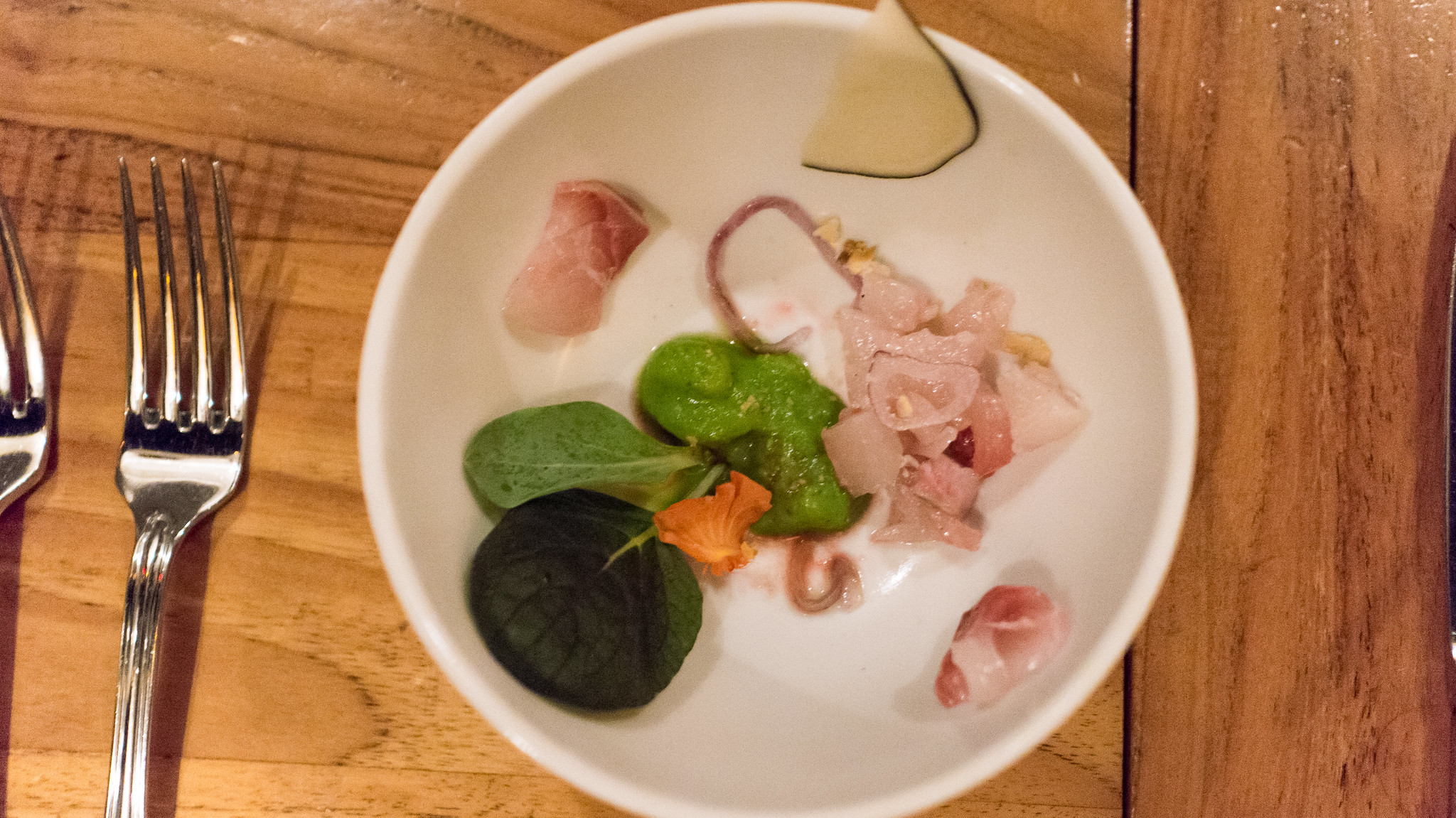
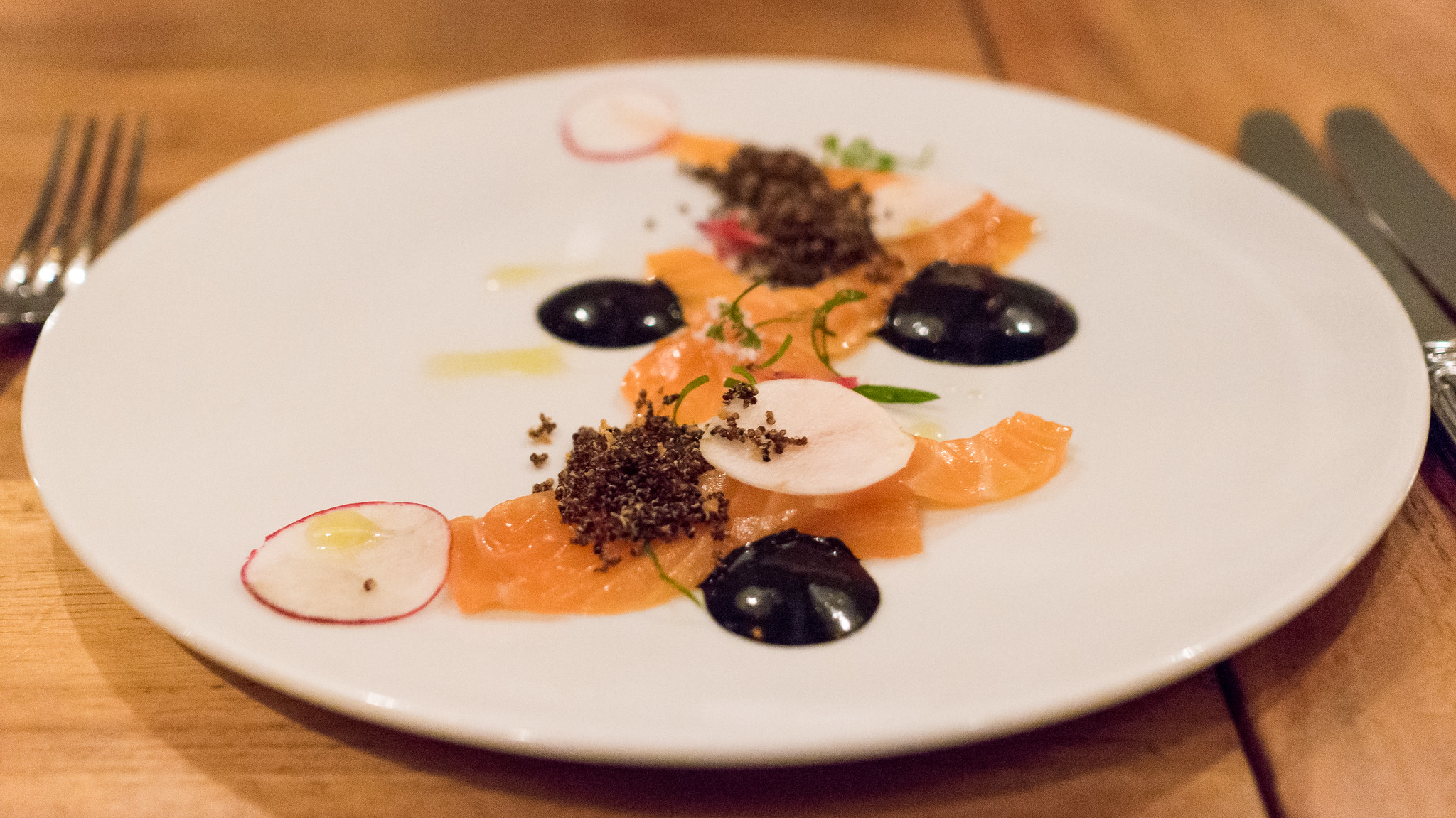
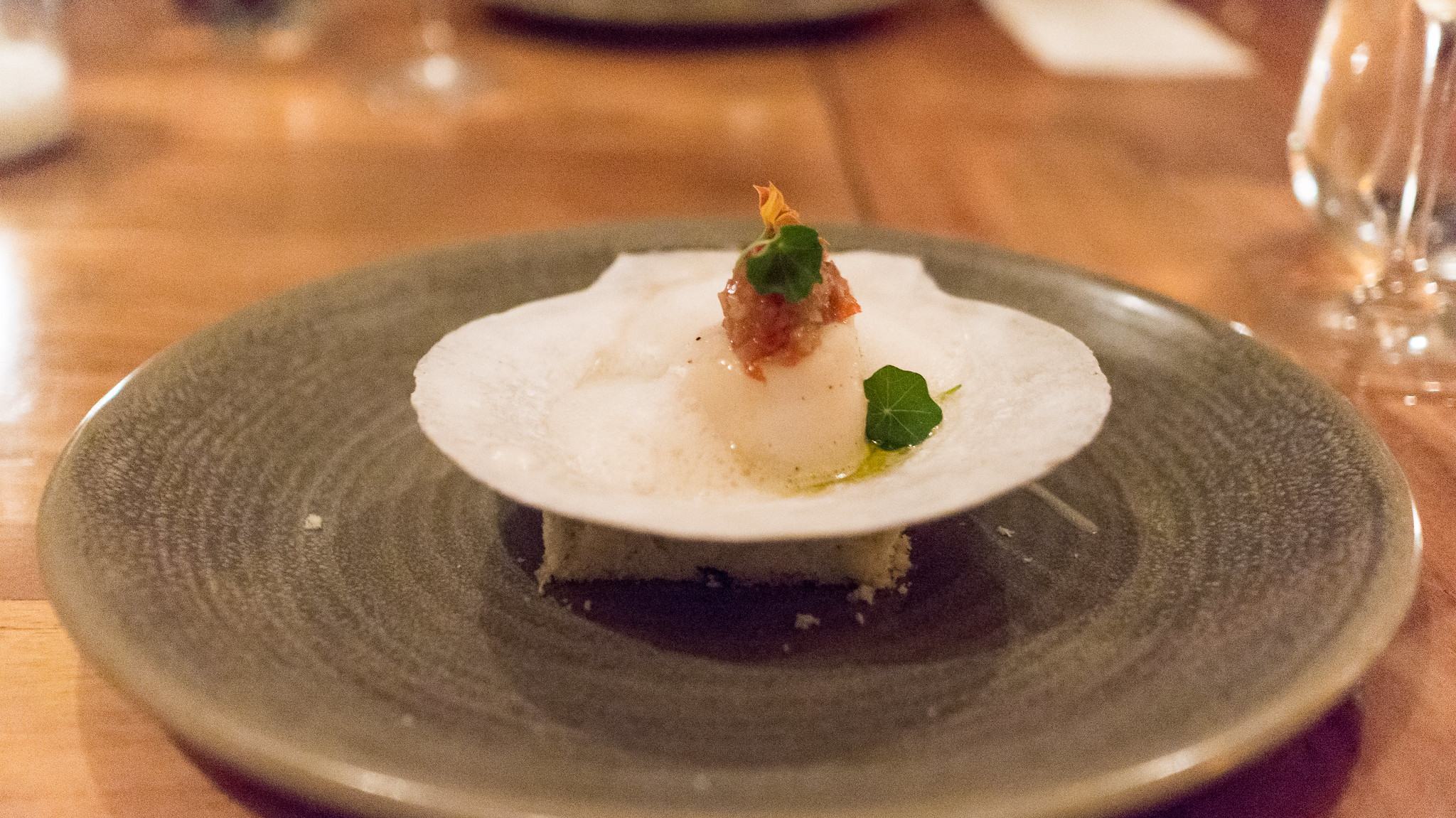

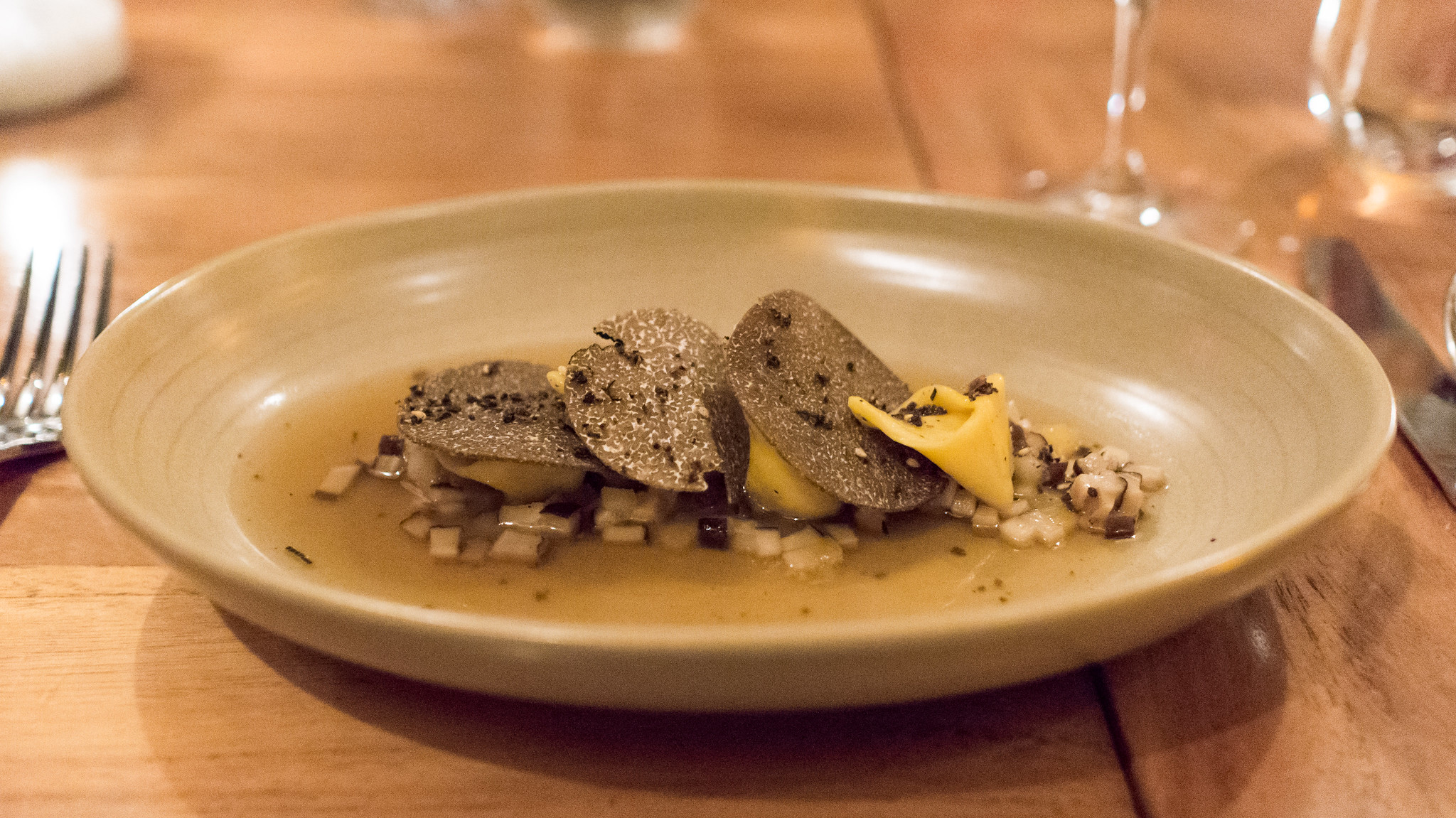


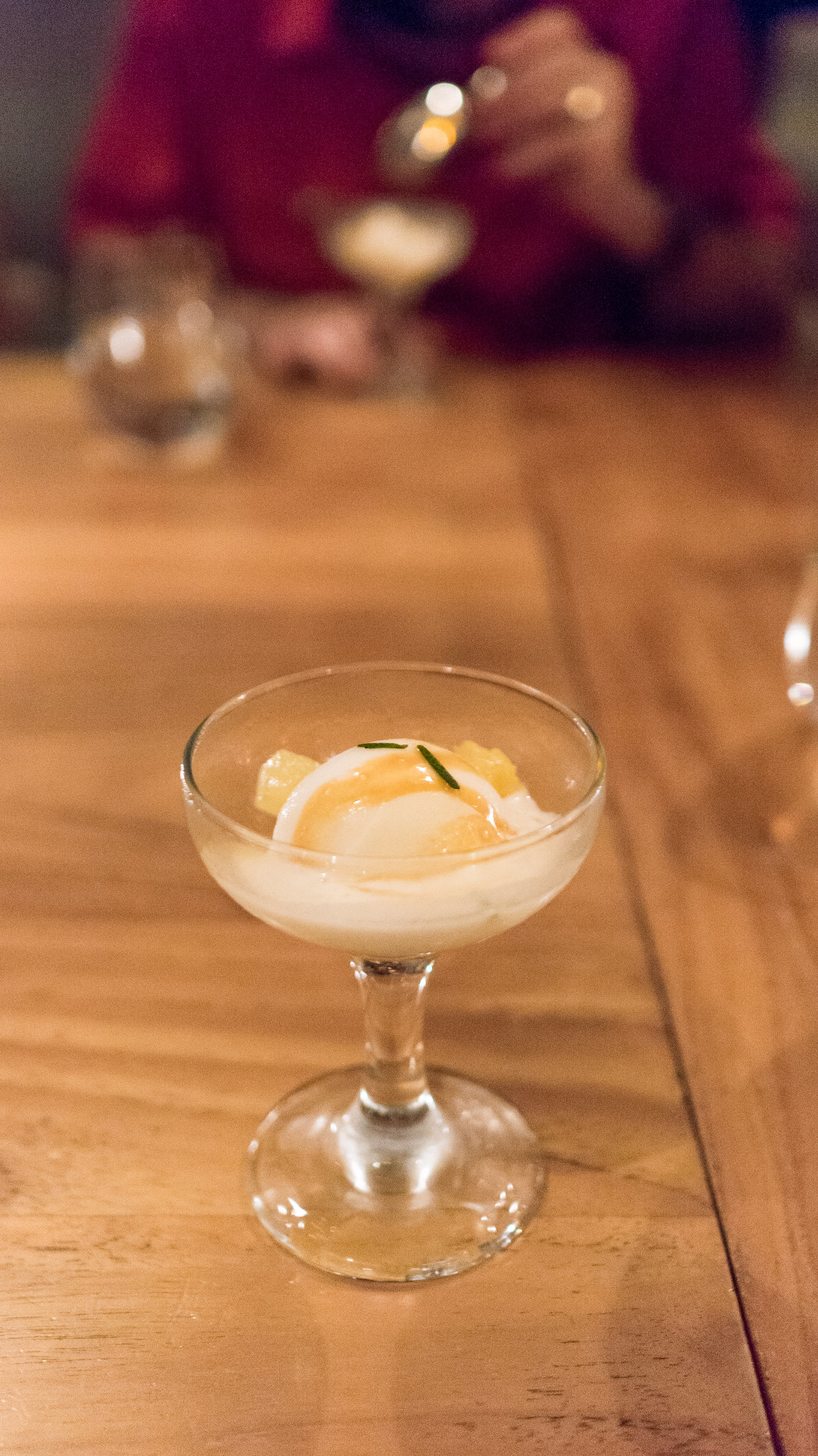
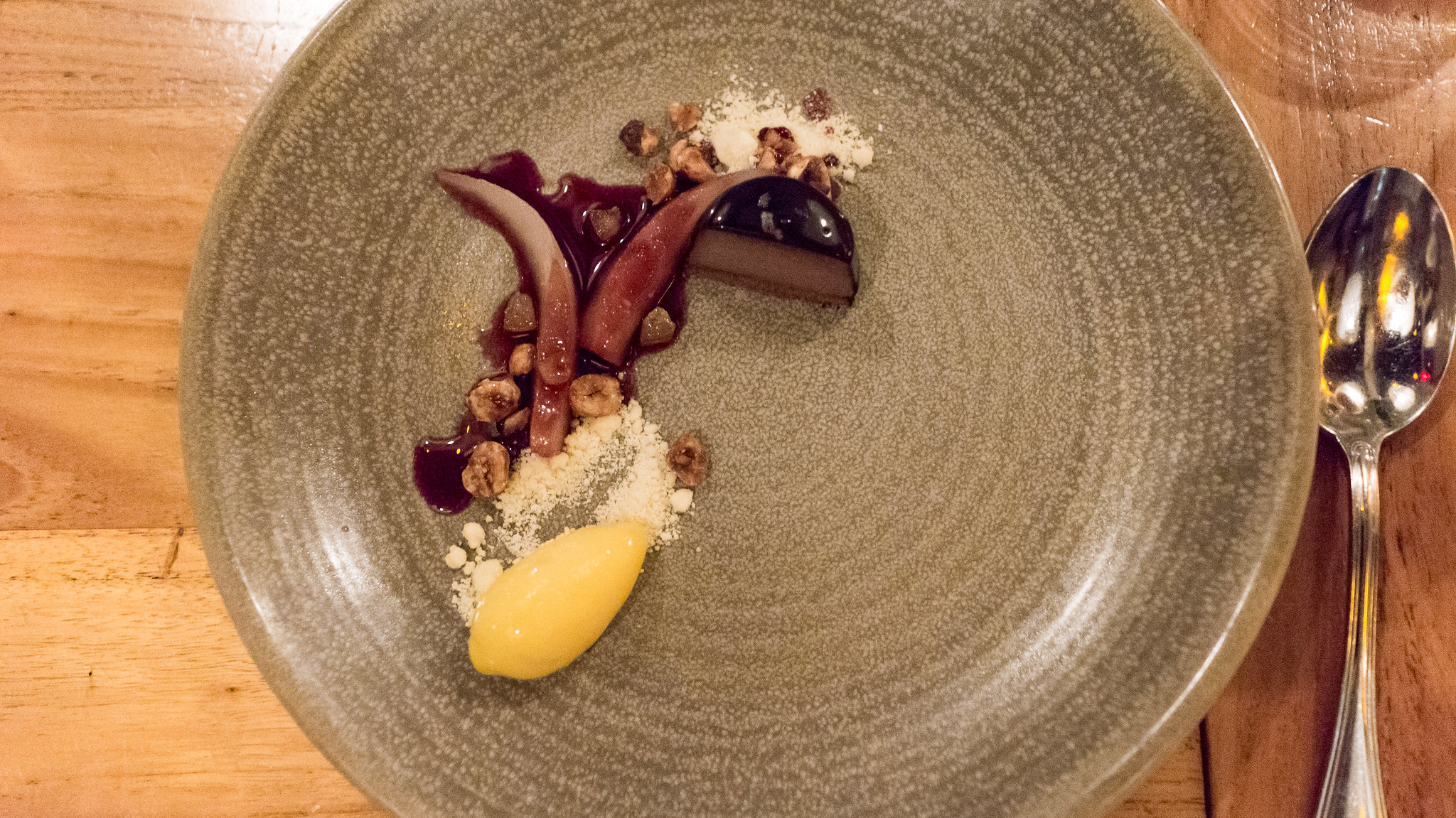
It's an effortless train ride from NYC - 1.5 hours iirc - and you can hit the last train back after dinner. There are no excuses :-)
ReplyDelete